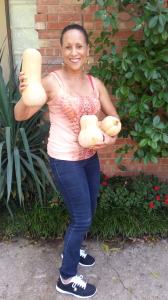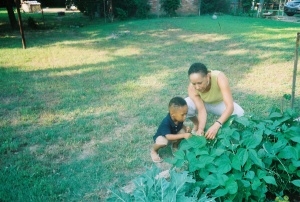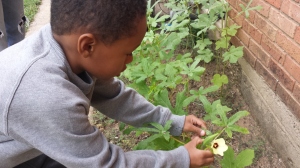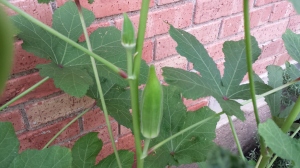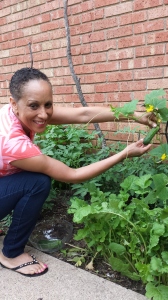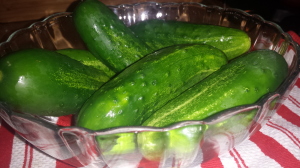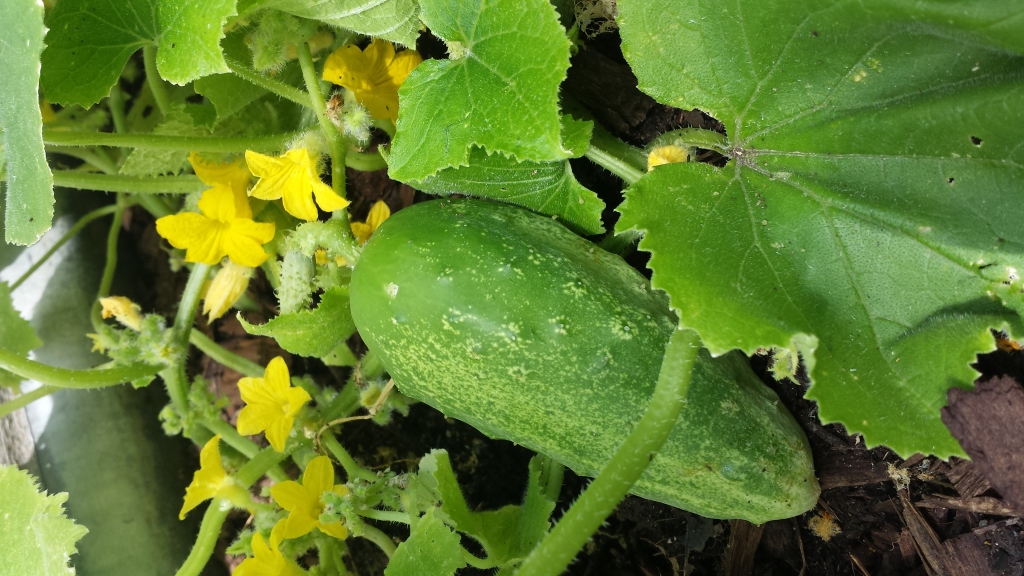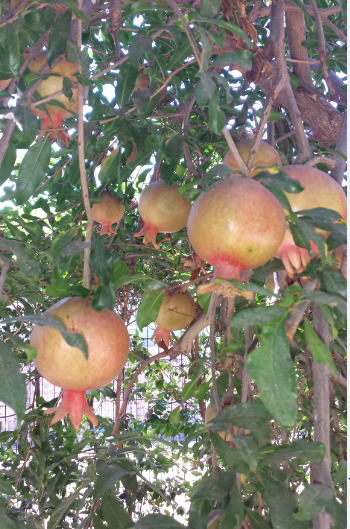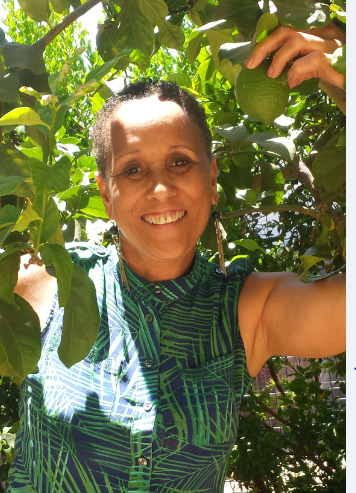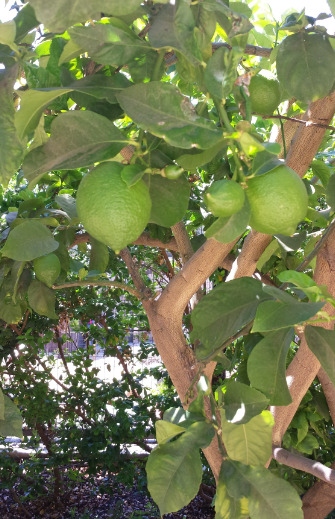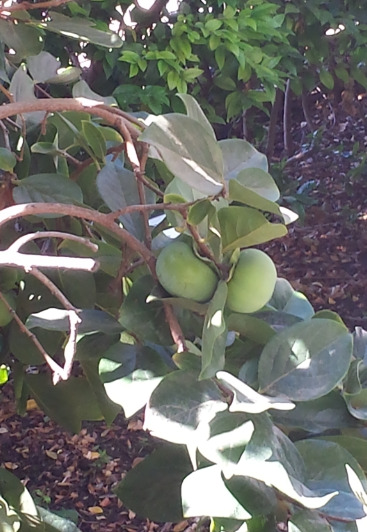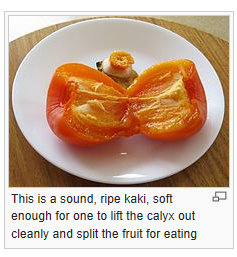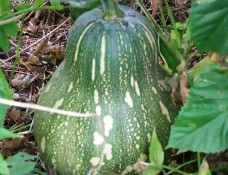
Nuts for Butternut Squash
I am a HUGE fan of butternut squash. You could probably say I’m nuts for butternut squash.
Butternut squash offers home cooks with some incredibly easy culinary possibilities. You can just place it on a cookie sheet and bake in the oven for about an hour, or until you can pierce it with a sharp knife. Or remove the skin using a vegetable peeler and cut the flesh into chunks for steaming or sautéing. Once cooked, mash it, puree it for soup, fold it into a pasta or risotto dish, or simply savor your butternut squash as is. It has a naturally sweet flavor and is delicious.
Although Butternut Squash is the most popular vegetable among winter squash varieties, it can also be a little intimidating if you have never cooked it. I know I used to just pass butternut squash by while shopping because I simply did not know what to do with it. But fortunately, as my culinary taste buds expanded, so did my interest in cooking this oddly shaped vegetable (technically it’s a fruit because of the seeds). And in doing so, I have discovered how wonderful butternut squash is.
The squash you see in the photos were shipped to me all the way from New Jersey. My dear friend Anderson grew these in his garden. He has at least 30 of them and also has an amazing garden. You’ll see more of his garden in future blogs. As you can see, things don’t just grow big in Texas.
How to Buy Butternut Squash
Choose an unblemished fruit that feels heavy for its size with a matte, rather than glossy, skin. A shiny exterior indicates that the fruit was picked too early, and it won’t be as sweet as a fully grown squash. Most winter squash is available late into the fall. Store whole butternut squash in a cool, dry place (not the refrigerator) with plenty of ventilation; it should keep for up to three months. Cut squash will stay fresh for up to a week, wrapped, in the fridge.
How to Cut and Peel Butternut Squash
It’s really not hard at all. You basically cut off the ends, peel it with a very sharp knife or sharp vegetable peeler, cut it in half, scoop out the seeds and chop it up. Your knife or peeler must be sharp. It will not work if they are dull. There are many ways to prepare butternut squash and you can bake it, boil it or roast it. I prefer roasting because there is much more flavor when roasted. If I am making soup, I skip the steps of chopping and just roast it after cutting it in half and scooping out the seeds.
Cut off both ends of squash
Peel the skin of the squash off with a vegetable peeler or sharp heavy knife. Be sure your vegetable peeler is sharp. If your knife or peeler is dull this task will be nearly impossible to complete successfully. If using a knife, you can also make several penetrating cuts on the surface of the butternut squash. Once pierced, place the squash in the microwave and cook on high heat for 2 minutes. Warming butternut squash in the microwave is an effective way to soften the shell if needed.
Slice the peeled squash in half from top to bottom.
Scoop the seeds out with a spoon or with an ice cream scooper
Lay both halves of squash so that the cut side is facing down. Slice into 1 inch side wide pieces. These pieces can be sliced again to make smaller cubes, depending on your preference and the recipe you are preparing.
Health Benefits of Butternut Squash
Low in fat, butternut squash delivers an ample dose of dietary fiber, making it an exceptionally heart-friendly choice. It provides significant amounts of potassium, important for bone health, and vitamin B6, essential for the proper functioning of both the nervous and immune systems. The folate content adds yet another boost to its heart-healthy reputation and helps guard against brain and spinal-cord-related birth defects such as spina bifida.
Recipes using Butternut Squash
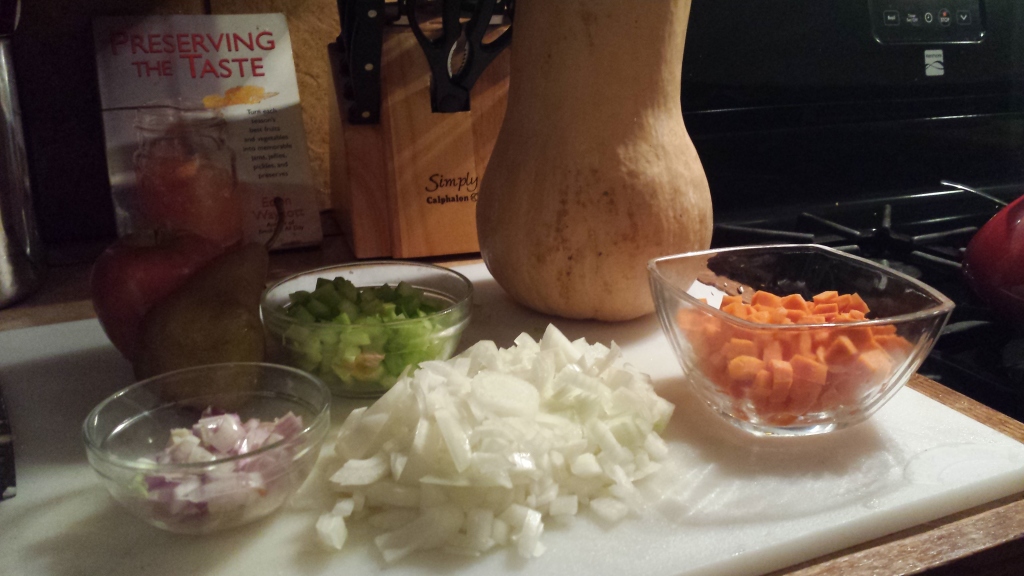
http://www.wholefoodsmarket.com/recipe/classic-butternut-squash-soup
Chef Sandra’s twist – I start with this basic recipe, but also add fresh ginger, an entire cut up Fuji apple and sometimes add a bit of almond milk instead of cream. The apple gives it a perfect sweetness and the ginger, mixed with the celery onions and carrots makes this soup amazing.
Butternut Squash Fries
http://www.foodnetwork.com/recipes/bake-tastic-butternut-squash-fries-recipe.html
Carmelized Butternut Squash – Great for holidays
http://www.food.com/recipe/caramelized-butternut-squash-106627
Baked Butternut Squash – One of my favorite ways to cook butternut squash, sprinkled with a little cinnamon, nutmeg and butter. Yum!!
Risotto with Butternut Squash, Pancetta, and Jack Cheese – for my serious foodies
http://www.myrecipes.com/recipe/risotto-with-butternut-squash-pancetta-jack-cheese-10000000701075/
Other Resources
http://www.wholeliving.com/134734/power-foods-butternut-squash
http://organic-vegetable-garden-guide.com/planting-butternut-squash



